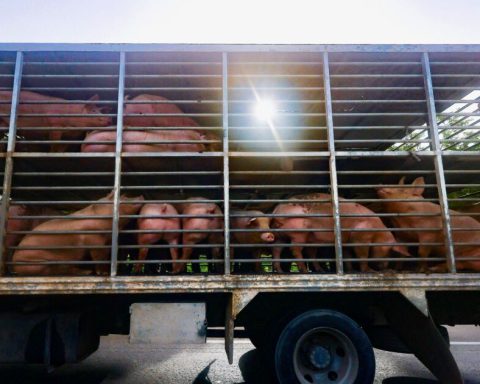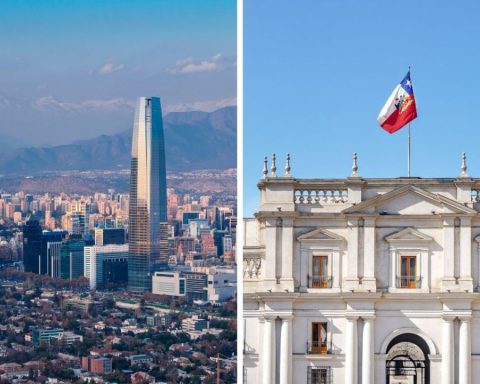Angelica Enciso L.
Newspaper La Jornada
Monday, September 19, 2022, p. 19
Around 60 percent of the national territory already reports temperature and humidity conditions that allow the proliferation of vectors that transmit diseases such as dengue and chikungunya. For two decades, the largest outbreaks among the population have occurred in the coastal regions of the Mexican Pacific and the Gulf of Mexico, and there is already evidence of involvement in regions where no cases were recorded.
This is one of the effects documented in the First Communication on Mexico’s adaptation to the United Nations Framework Convention on Climate Change from the National Institute of Ecology and Climate Change (Inecc) and the Ministry of the Environment and Natural Resources (Semarnat). , noting that the population is vulnerable to diseases exacerbated by climate change.
He reports that at the national level there is a trend of increasing cases. In 2019, 142,000 records were submitted, the largest number since 1995. It adds that other health effects are due to heat stroke, acute diarrheal diseases, as well as acute respiratory illnesses due to episodes of extreme maximum and minimum temperatures.
He also notes that other impacts hit human settlements due to floods and landslides, especially in Baja California, Chiapas, Colima, Guerrero, Jalisco, Michoacán, Oaxaca, Veracruz and Puebla.
Regarding economic sectors, it indicates that the effects occur in agriculture due to droughts, floods, extreme maximum and minimum temperatures, and that during the past decade there were losses in 55 percent of the production of basic grains, especially in Sinaloa, Tamaulipas, Jalisco, Chiapas and Guanajuato.
He warns that there will be yield reductions of 20 to 35 percent in the next two decades for Mexico’s main crops, while by the end of the century only 11 states will produce at least one ton of corn per hectare. Various studies on the effects of climate change on the productive potential of soils indicate negative impacts on future agri-food production, which could affect food security
.
In addition, it adds that the consequences on ecosystems are due to forest fires related to drought episodes at the national level and in particular in five arid and semi-arid zones, such as the ecoregions of Sonora, Chihuahua, Tamaulipas, Central-Hidalgo and Puebla-Oaxaqueña.
Climate change is modifying the variation of episodes of rainfall to typically low or zero and extreme temperatures, which can be associated with changes in the frequency and intensity of forest fires
.

















